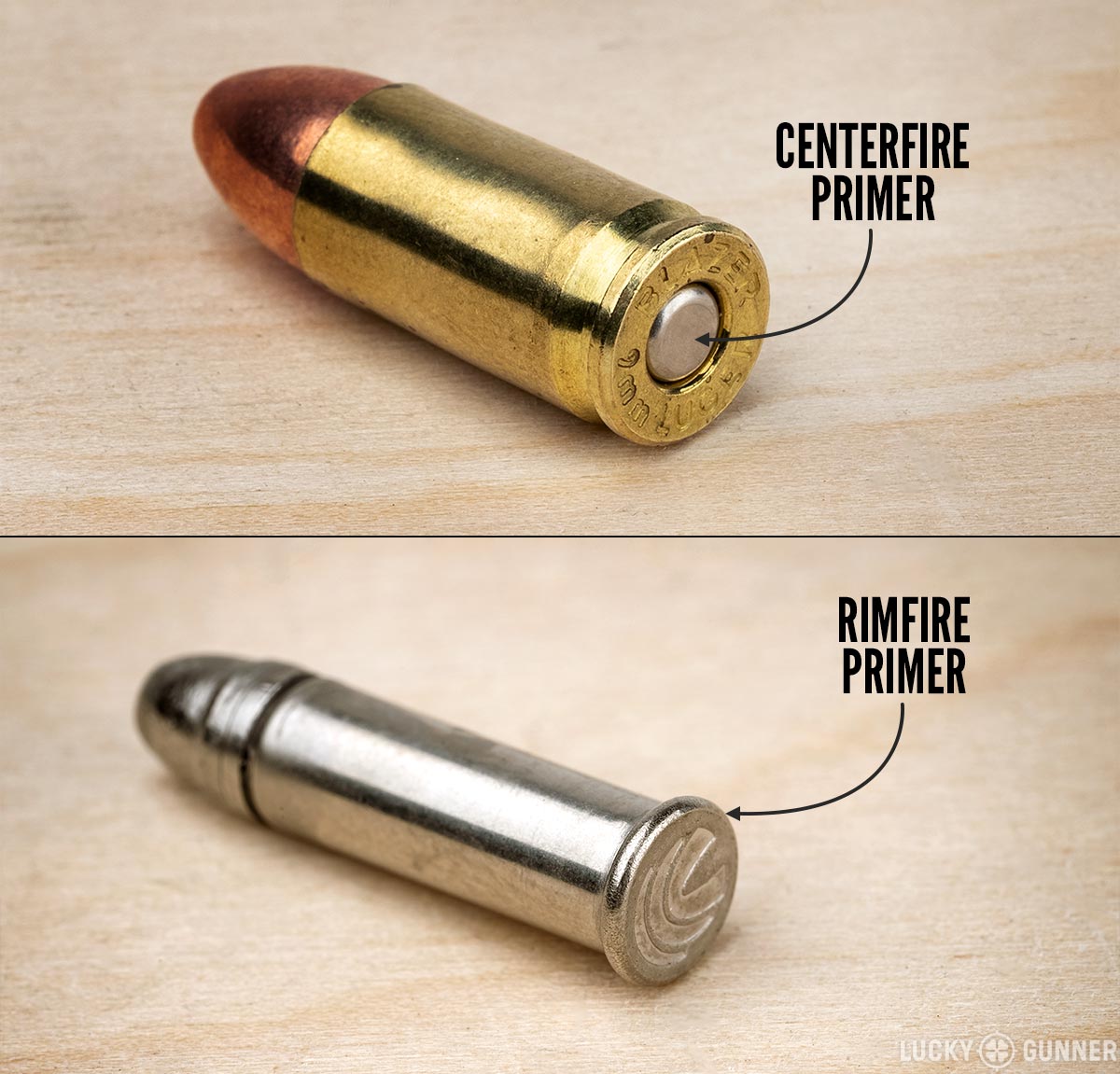7 Easy Facts About Winchester Primers Described
Wiki Article
All about Reloading Primers
Table of ContentsAn Unbiased View of Federal PrimersSome Known Questions About Primers In Stock.The Best Guide To Winchester PrimersFederal Primers Can Be Fun For AnyoneFacts About Pistol Primers Revealed
Part of the gun cartridge for starting propellant combustion In firearms and artillery, the primer () is the chemical and/or device in charge of starting the propellant combustion that will certainly push the projectiles out of the weapon barrel. In very early black powder guns such as muzzleloaders, the primer was basically the same chemical as the major propellant (albeit usually in a finer-powdered type), yet poured into an outside flash pan, where maybe ignited by an ignition resource such as a sluggish suit or a flintlock though some muzzleloaders have guides like cap gun caps. cci primers.
In weapons the primers are regularly a different part, put inside the barrel to the back of the major propellant chargebut there are various other examples of weapons, including for example some automated weapons, made to shoot cartridges with essential electrical primers.
The Pistol Primers PDFs

With the development of hand-held guns, this ended up being an unfavorable method of shooting a weapon. Holding a burning stick while attempting to pour a cost of black powder very carefully down a barrel is dangerous, and attempting to hold the weapon with one hand while at the same time intending at the target and also looking for the touchhole makes it really tough to fire accurately. The first effort to make the process of firing a small arm easier was the "matchlock".
The suit was a slow-burning fuse made from plant fibers that were taken in a service of nitrates, charcoal, and also sulfur, and also dried out (https://medium.com/@andrewjaeger0217/about). This "slow-match" was sparked before the gun was required, and also it would gradually melt, maintaining a hot cinder at the burning end. After the gun was loaded as well as the touchhole topped with powder, the burning suggestion of the match was placed to make sure that the lock would bring it right into contact with the touchhole.
The Best Guide To Remington Primers
This brought the suit down to the touchhole, sparking the powder. With careful interest, the slow-burning match could be kept melting for extended periods of time, as well as using the lock device made fairly accurate fire possible. The next revolution in ignition modern technology was the "wheel-lock". It used a spring-loaded, serrated wheel which scrubed against an item of iron pyrite, similar to a contemporary lighter.

The covered flashpan also provided some capacity to stand up to negative weather condition. The wheel-lock appreciated only a short duration of popularity before being superseded by a less complex, extra durable layout.
The Only Guide to Cci Primers
As the name implies, the flintlock used flint as opposed to iron pyrite. The flint was kept in a spring-loaded arm, called the "dick" from the resemblance of its motion to a pecking poultry. The cock revolved with roughly a 90-degree arc and was held in the tensioned, or "cocked" setting by a trigger. https://moz.com/community/q/user/relodprim3rs.The "half-cock" placement held the cock halfway back, and utilized a deep notch to ensure that shooting would certainly not launch the penis. Half-cock was a safety and security setting, made use of when loading, storing or carrying a crammed flintlock. The "full-cock" position held the penis right back and was the position where the weapon was terminated.
It offered as both a flashpan cover and also a steel striking surface area for the flint. The frizzen was pivoted and also spring-loaded to ensure that it would certainly secure in the open or shut placement. When shut, the striking surface area was positioned so that the flint would strike at the proper angle to generate a trigger.
The 4-Minute Rule for Reloading Primers
The web link flintlock mechanism was less complex and more powerful than the wheel-lock, and also the flint and steel offered a great, dependable resource of ignition. The flintlock continued to be in military service for over 200 years, and flintlocks are still made today for historic re-enactments and also muzzle-loading target competitors, as well as for seekers that take pleasure in the added difficulty that the flintlock provides.By the middle of the 19th century, the percussion or caplock system was well developed., as it was less complex and much more dependable than the flintlock.
The flashpan and also frizzen were gotten rid of as well as changed by a tiny, hollow straight cyndrical tube (drum) screwed right into the bored-out and tapped flash hole and bring a "nipple" over which the cap might be fitted. A "hammer" which additionally had half-cock (for loading and applying the cap) as well as full-cock placements replaced the cock.
Report this wiki page